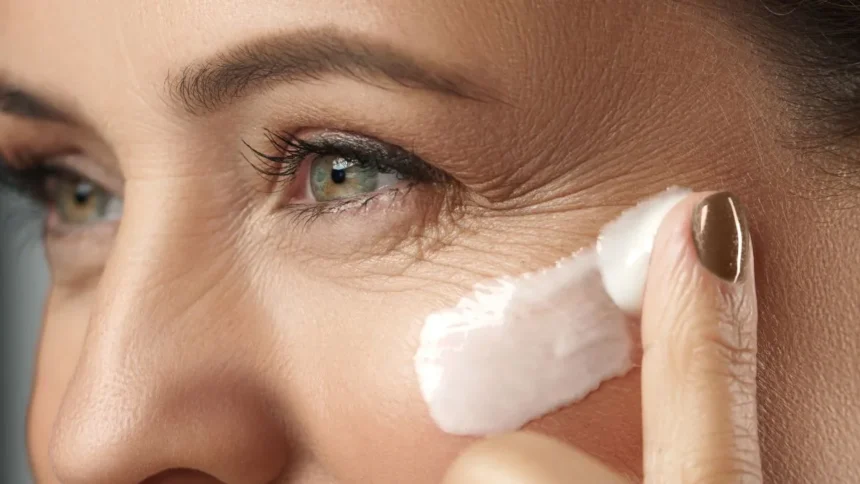The pursuit of youth has given rise to countless anti-aging techniques, ranging from ancient remedies to modern scientific innovations. While some methods promise miraculous results, others are rooted in hard science.
The Rise of Anti-Aging Techniques
1. Historical Perspective
Humanity’s quest to defy aging dates back centuries.
- Ancient Egypt: Cleopatra’s milk baths.
- Traditional Chinese Medicine: Herbal remedies for longevity.
- Modern Era: The rise of anti-aging products and cosmetic procedures.
2. The Global Anti-Aging Industry
The anti-aging remedies market is worth billions, driven by consumer desire for quick fixes and flawless skin.
Anti-Aging Myths: Separating Fact from Fiction
1. Myth: Expensive Creams Erase Wrinkles
Reality: Most over-the-counter creams provide hydration but don’t penetrate deeply enough to eliminate wrinkles.
- Fact: Retinoids and peptides show evidence of promoting collagen boost.
2. Myth: Drinking More Water Prevents Aging
Reality: While hydration is essential, drinking excessive water alone won’t stop wrinkles.
- Fact: Skin health depends on a combination of hydration, diet, and effective skincare.
3. Myth: Sunscreen Is Only for Summer
Reality: UV rays cause aging year-round.
- Fact: Daily sunscreen use is crucial for wrinkle prevention and skin rejuvenation.
4. Myth: Natural Remedies Are Always Better
Reality: Not all natural remedies are safe or effective. Lemon juice, for instance, can irritate the skin.
- Fact: Proven methods include scientifically formulated anti-aging products.
Scientific Anti-Aging Methods
1. The Role of Collagen in Youthful Skin
Collagen is the protein responsible for skin elasticity and strength.
- Proven Anti-Aging Methods:
- Collagen supplements.
- Laser treatments stimulating collagen production.
2. Retinoids and Their Impact on Aging
Retinoids are derived from Vitamin A and promote cell turnover.
- Benefits:
- Reduces fine lines.
- Improves skin texture.
- Promotes skin rejuvenation.
3. Antioxidants for Skin Health
Antioxidants neutralize free radicals that accelerate aging.
- Sources:
- Vitamin C serums.
- Green tea extract.
- Diet rich in berries and nuts.
4. Microneedling and Its Benefits
Microneedling creates tiny injuries to stimulate natural healing and collagen production.
- Effectiveness:
- Reduces acne scars.
- Tightens sagging skin.
5. The Science of Cellular Health
Maintaining cellular health is critical for longevity.
- Approaches:
- Intermittent fasting.
- Supplements like NAD+ boosters.
Lifestyle Strategies for Anti-Aging

1. Diet and Nutrition
What you eat plays a major role in how you age.
- Anti-Aging Tips:
- Include omega-3 fatty acids for skin hydration.
- Eat antioxidants to combat oxidative stress.
- Avoid processed foods that contribute to inflammation.
2. Physical Activity
Regular exercise supports both physical and mental health.
- Benefits:
- Enhances blood flow, promoting a glowing complexion.
- Reduces stress, a contributor to premature aging.
3. Quality Sleep
Sleep is the body’s natural repair mechanism.
- Proven Anti-Aging Methods:
- Prioritize 7–8 hours of quality sleep per night.
- Use silk pillowcases to reduce skin creases.
4. Stress Management
Chronic stress accelerates aging by increasing cortisol levels.
- Anti-Aging Remedies:
- Practice mindfulness meditation.
- Engage in relaxing hobbies.
Anti-Aging Products: What Works and What Doesn’t
1. Effective Ingredients to Look For
- Retinol: Improves texture and elasticity.
- Hyaluronic Acid: Boosts hydration.
- Niacinamide: Reduces inflammation and redness.
2. Beware of Buzzwords
Not all marketed anti-aging products deliver results. Avoid products without clinical backing.
The Role of Technology in Anti-Aging
1. Laser Treatments
Lasers address pigmentation, fine lines, and texture.
2. Cryotherapy
Cold therapy reduces inflammation and promotes blood circulation.
3. AI-Powered Skincare Analysis
AI tools recommend personalized skincare routines based on individual needs.
Debunking Beauty Myths
1. Myth: Aging Can Be Reversed
Reality: Aging is a natural process. The goal is to age gracefully and healthily.
2. Myth: Botox Is Unsafe
Reality: Botox is FDA-approved and safe when administered by professionals.
3. Myth: Dark Skin Doesn’t Age
Reality: While darker skin is less prone to UV damage, it still requires sunscreen.
The Future of Anti-Aging Research
1. Stem Cell Therapies
Emerging treatments involve using stem cells for skin regeneration.
2. Genetic Research
Gene editing holds promise for altering aging-related genes.
3. Longevity Studies
Researchers are identifying pathways to slow the aging process at the cellular level.
Conclusion
Understanding the difference between anti-aging myths and science-backed methods is essential for making informed decisions about skincare and overall health. By combining proven anti-aging techniques, a healthy lifestyle, and a balanced perspective, it’s possible to age gracefully while embracing the natural process of getting older.







